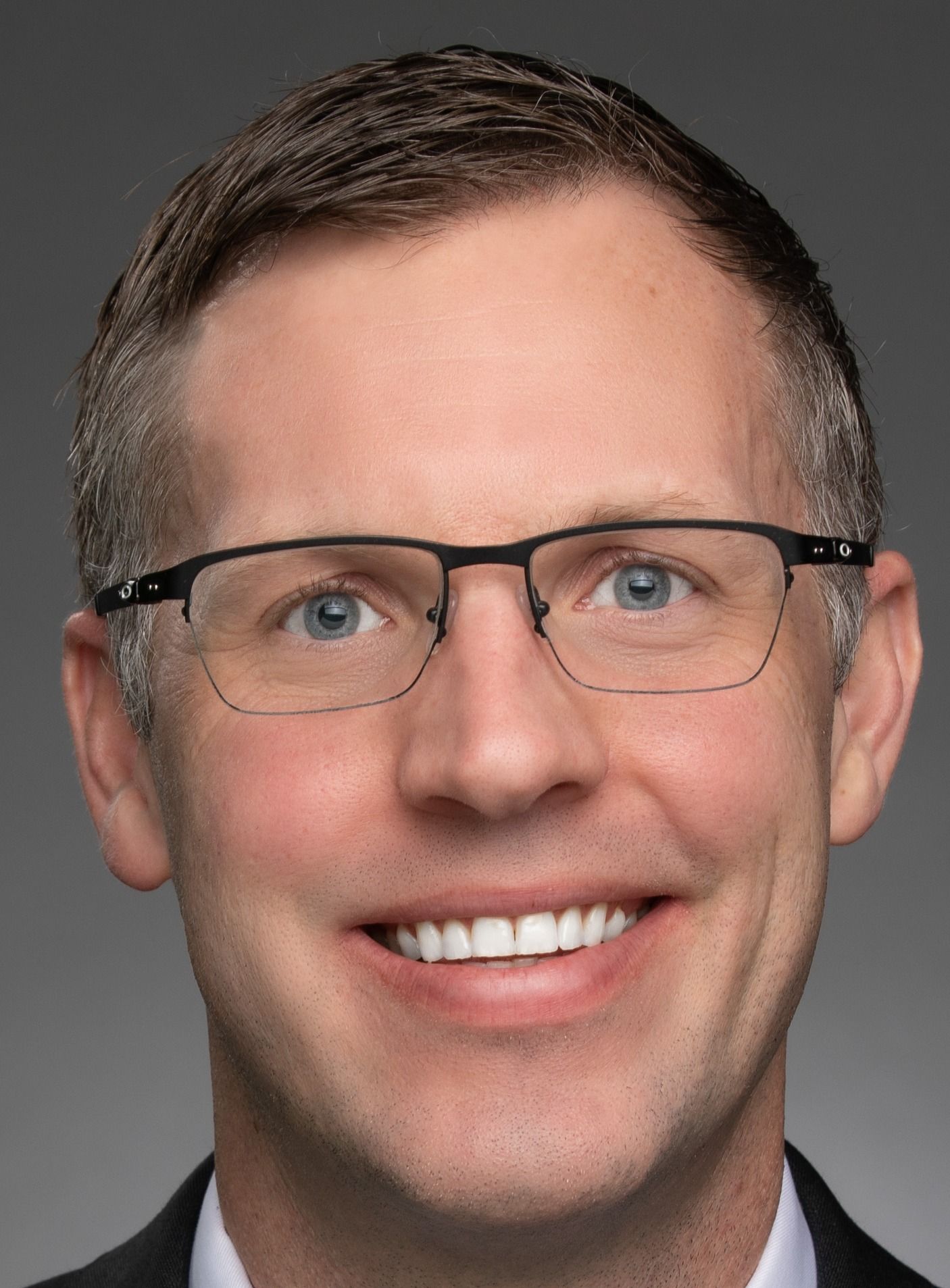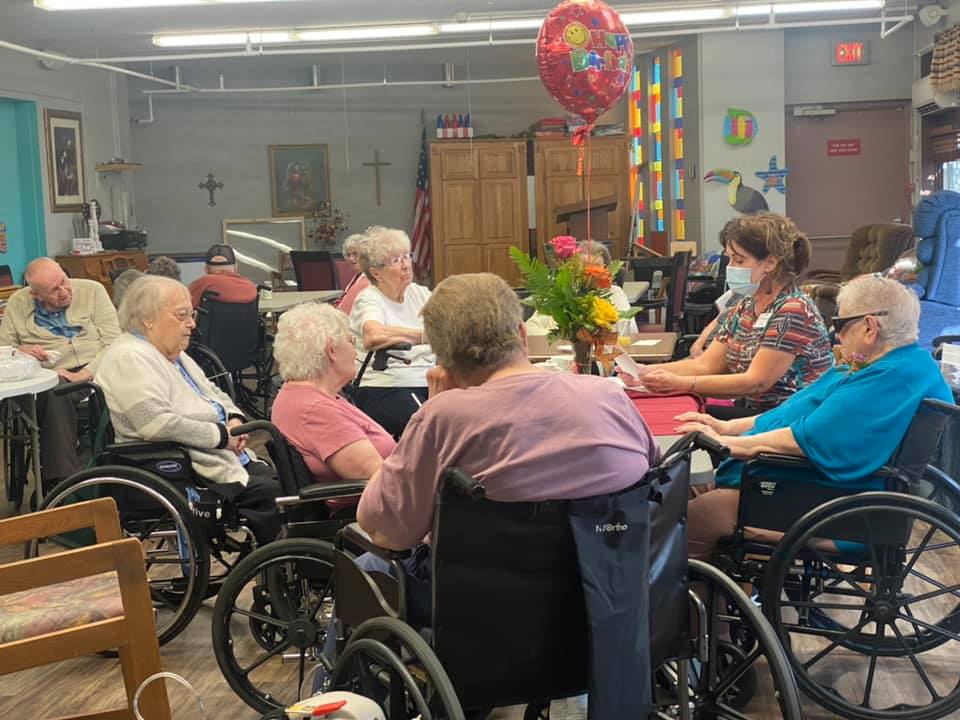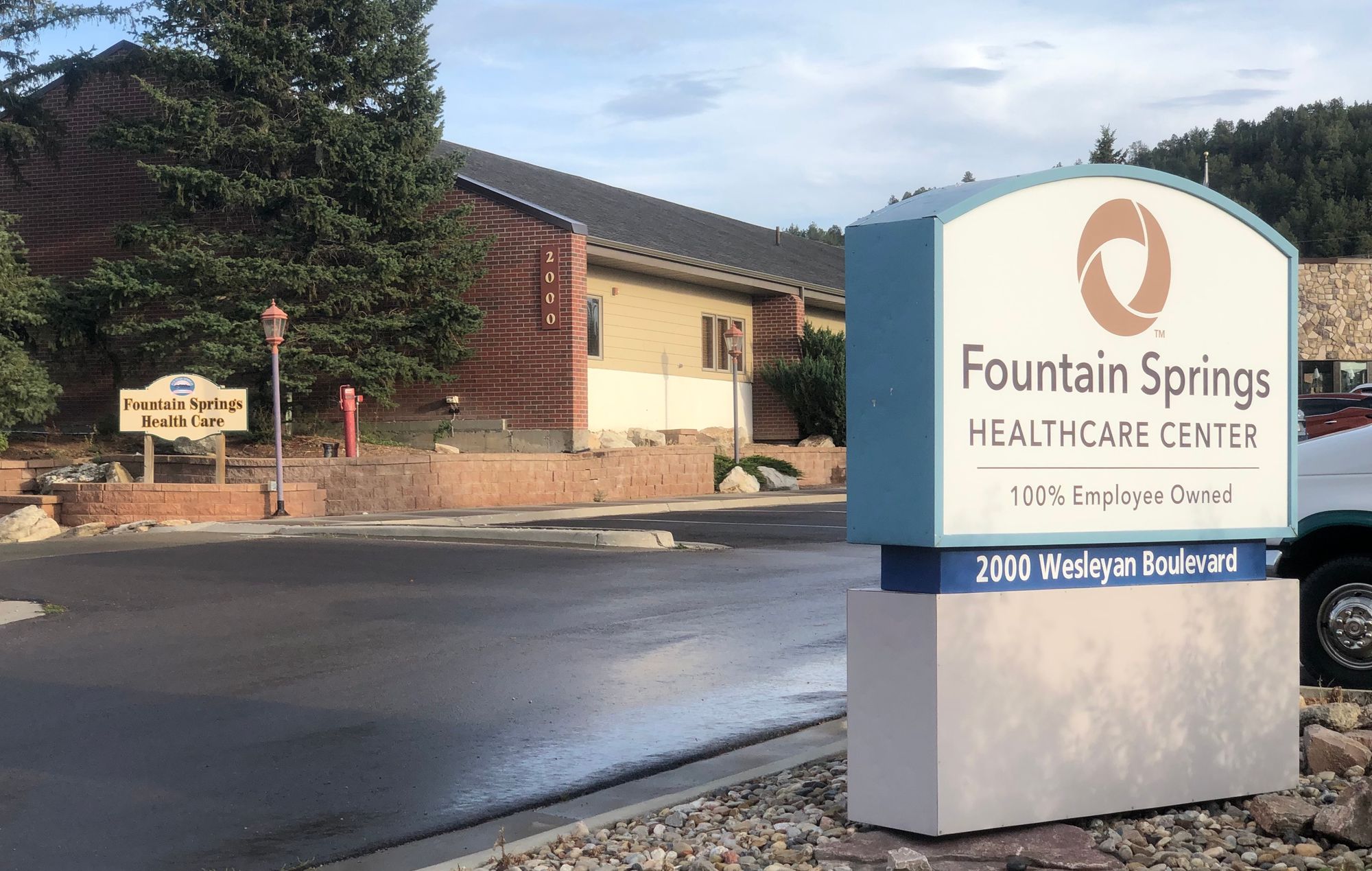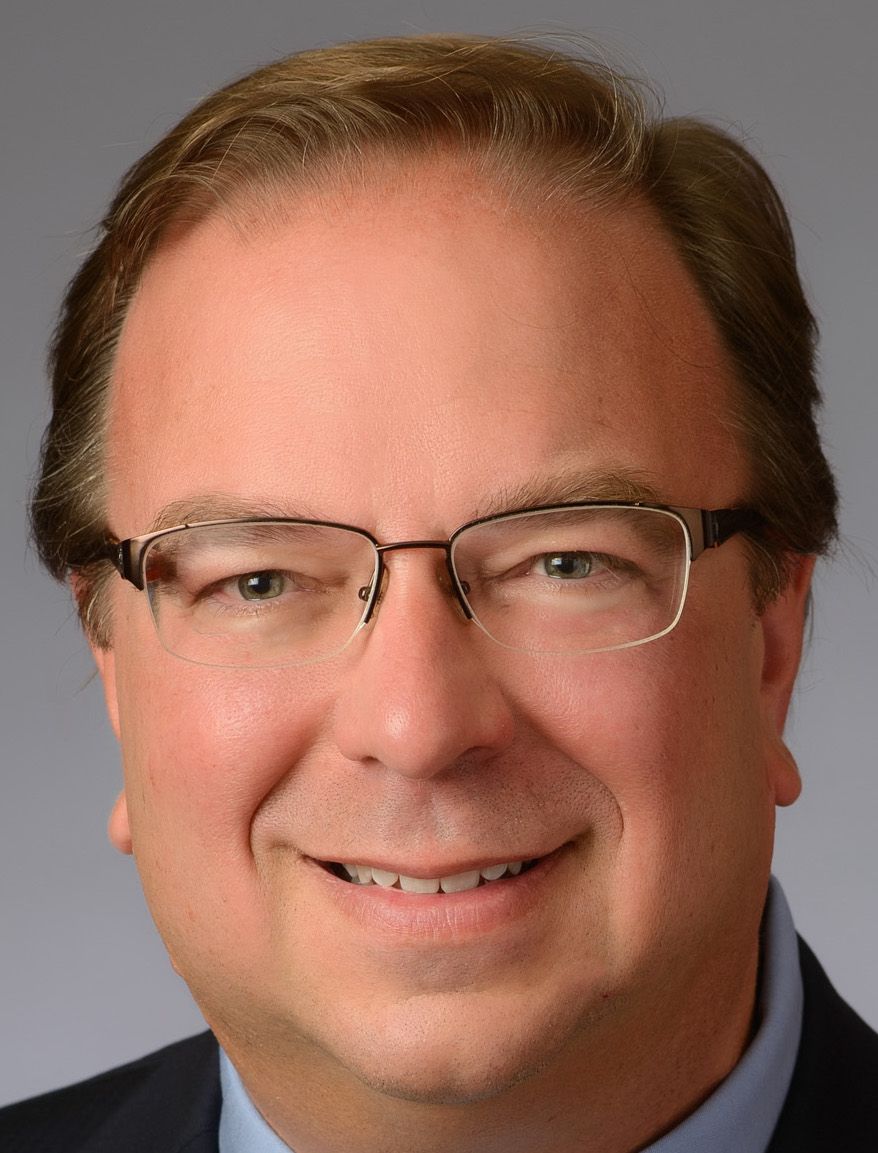Finding a safe, affordable and accessible nursing home or assisted-living center for sick or elderly South Dakotans has become more difficult in recent years but is getting harder than ever due to a shortage of facility workers and financial losses suffered amid the COVID-19 pandemic.
The labor shortage affecting businesses across South Dakota is hitting long-term care facilities particularly hard, with the COVID-19 pandemic exacerbating historic challenges in hiring workers at nursing homes and assisted-living centers.
The inability to fill open positions and keep up with patient care has led some facilities to turn away new residents even though most have open beds. The labor shortage has caused burnout of overworked employees and reduced the level of patient care at some facilities.
During the COVID-19 pandemic, long-term care facilities in South Dakota saw payrolls rise by almost $30 million overall but lost about $60 million in revenue due to reduced resident admissions, according to the South Dakota Health Care Association.
Faced with the need to raise wages and offer hiring bonuses to attract workers or hire expensive traveling nurses, some facilities already beset by high operating costs and thin profit margins could eventually close, making it harder than ever for families to find a home for their loved ones, industry experts say.
“Access to care could look very different in the future if our funding mechanisms and funding infrastructure don’t change in South Dakota,” said Nate Schema, vice president of operations for the Evangelical Lutheran Good Samaritan Society, which operates long-term care facilities. “You’re going to have to move your loved ones further and further away from the communities they may have called home for 50-plus years.”

The workforce shortage has created new obstacles and worsened ongoing challenges for Good Samaritan, one of the largest long-term care providers in the nation. The group, based in Sioux Falls and now operating under the umbrella of the Sanford Health Group, has more than 200 current job openings.
“It’s stretching us and it’s taxing us to a place we haven’t been in quite some time,” Schema said.
The inability to hire workers has forced Good Samaritan to turn away some prospective new residents, including at its 19 facilities in South Dakota, at a time when new revenues are greatly needed.
“We have had to limit some admissions in some communities in South Dakota and throughout our organization,” Schema said. “There’s no question that workforce pressures are creating additional pressures on our health-care entities and preventing them from keeping those doors swung wide open.”
Schema said he is aware of about 70 long-term care facilities that have closed across the country in the past year and as many as 200 that were shuttered over the past two years. South Dakota saw a handful of facilities close in 2017-19, but has not had closures since.
Working in one of the 104 nursing homes or 163 assisted-living facilities in South Dakota can be gratifying but also grueling. Meeting the daily physical, mental and health needs of elderly or infirm residents has always been a tough job, but the positions have become more taxing during the COVID-19 pandemic as safety precautions have increased and the risk of illness for residents and employees remains nearly constant.

Meanwhile, the long-term care industry remains hampered by low wages.
Facilities in South Dakota have boosted wages slightly to attract more workers in the past six months, with registered nurse pay rising by 12%, and pay for licensed practical nurses and certified nursing assistants by about 7%, according to a recent survey by the state health care association.
However, that same survey found that the average pay for certified nursing assistants, the most common front-line, patient-care position in long-term care facilities, averages only $14 an hour, or $29,000 a year.
The low wage makes it difficult to hire CNAs when the job requires training and certification and McDonald’s restaurants in Rapid City, for example, are offering no-experience-required crew positions starting at $16 an hour.
The mounting stress of caring for residents while almost constantly short-handed is putting severe pressure on existing employees and making it hard to retain them, further worsening the labor shortage, said Ryan Brinkerhoff, administrator of the Five Counties Nursing Home in Lemmon, S.D.
“They’re tired and getting burned out; their quality of life is being affected,” Brinkerhoff said. “I see it in their body language, and just looking at them, you can see the stress because they’re always here and they don’t get to recharge their batteries like they used to.”
The position of evening nurse has been open for nearly a year at Five Counties, a publicly run nursing home with 45 beds that has five open positions in its workforce of about 45 employees.
Brinkerhoff has had to hire temporary nurses from a traveling nursing agency to maintain quality of care. A traveling nurse costs 50% more than a permanent employee and that expense has limited his ability to pay for some needs within the facility.
Brinkerhoff said he worries that the level of care of elderly or ill residents may have already decreased, or will soon, due to the labor shortage. But like other administrators, he has great praise for his staff and is in wonder at how hard they have worked in a crisis to keep residents safe and happy.
“I think in general, patient care has probably suffered,” Brinkerhoff said. “But here it hasn’t because my staff members are amazing and have stepped up and sacrificed a lot.”
The recent pay hikes were needed to compete for workers, but that expense and an increase in overtime and incentive payments to new and existing employees came at a time when fewer people were entering long-term care facilities, according to the state health-care association.
Some prospective residents found other options as long-term care facilities endured significant COVID-19 outbreaks among residents and staff, while some facilities turned away new residents due to staffing shortages. Facility spending increased to accommodate 192 new patient safety regulations added during the pandemic, according to the South Dakota Association of Healthcare Organizations.
In rural areas, long-term care facilities have a limited pool of available workers and are also facing strong wage and benefit competition from other employers, Brinkerhoff said.
“If you want a job in Lemmon, you can have one tomorrow if you want, including here,” he said. “If we have to continually pay higher wages to compete with the local gas station, if they up their wage to $20 an hour to start, I’ll have to compete with that but I’m just not sure how we could.”

"They’re tired and getting burned out ... I see it in their body language, and just looking at them, you can see the stress because they’re always here and they don’t get to recharge their batteries like they used to.” – Five Counties Nursing Home Administrator Ryan Brinkerhoff, describing overworked employees
Openings abundant; workers hard to attract
Jobs in the long-term care industry are available almost anywhere across the state and nation and at every skill level.
“You would be hard-pressed to find a nursing home or assisted-living center in South Dakota that isn’t experiencing significant workforce challenges,” wrote Mark B. Deak, executive director of the South Dakota Health Care Association, in an email to News Watch. “Workforce has long been a challenge in long term care, but it is more urgent and severe than ever, as our profession continues to be highly vigilant in protecting our vulnerable residents against COVID.”
EmPres Healthcare Management, a Washington state-based firm that operates 82 properties in nine states, is one of many ownership groups offering signing bonuses of up to several thousand dollars for new hires, especially nurses.
On its website, the company lists 80 open jobs at its seven South Dakota facilities, including six openings in Flandreau, seven in Sturgis, nine in Britton, 11 in Mitchell, 13 in Woonsocket, 15 in Rapid City and 19 in Garretson. Jobs range from nursing to cooks to janitorial.
A national survey of long-term care providers, conducted by the American Health Care Association in September, revealed that nursing homes and assisted-living facilities are facing a crisis due to a lack of workforce.
The survey of nearly 1,200 facilities found that 99% of nursing homes and 96% of assisted-care providers were facing a staffing shortage, and that more than half of nursing homes are turning away new residents because they cannot hire enough workers.
The survey also showed that the shortage of workers had gotten worse in the past three months.
Almost every facility surveyed is asking existing employees to work overtime and about two-thirds of the facilities said they feared they could ultimately close if more workers don’t apply or accept positions working in long-term care facilities.
The survey revealed that a lack of interest in working in the assisted-living field and pandemic-related extended unemployment benefits were the top two reasons people are not applying to work in the field. Lack of competitive wages, fear of catching COVID-19 and vaccination requirements of employers were other reasons people are not entering the field, the survey revealed.
“The survey reveals the severe workforce challenges long-term care providers are facing due to the COVID-19 pandemic,” AHCA CEO Mark Parkinson said in a news release. “Too many facilities are struggling to hire and retain staff that are needed to serve millions of vulnerable residents.”

At a daylong hiring event held across the Good Samaritan system on Sept. 15, administrators were able to fill about 110 job openings within the system that includes about 1,100 employees at 19 facilities in South Dakota, Schema said.
“Our approach has been that we want to roll out the red carpet for folks,” he said. “We want people to have an awesome experience the moment they touch our website or interact with any Good Samaritan or Sanford employee, and we want them to see this as more of a calling.”
The recruiters also highlighted the fact that 90% of Good Samaritan residents and about 80% of employees are vaccinated, Schema said, further pointing out that Sanford Health will require all employees to be vaccinated by Nov. 1.
“There’s still a percentage of employees or people out there who are just nervous about covid in general,” Schema said. “But we’re one of the safest occupations you could have right now.”
Schema praised the level of commitment of existing employees in the long-term care industry.
“I’m just so proud of the resiliency and courage our staff has shown,” Schema said. “To say it has been a grind is an absolute understatement about what team members have been through these past 18 months. I’m incredibly humbled to have served with them.”
South Dakota lowest in region for Medicaid support
South Dakota and other states pay a portion of the costs to house each Medicaid patient who lives in a nursing home or assisted-living center. The state Legislature decides how much to chip in, and in Fiscal Year 2020-2021, South Dakota had the lowest payment rate of all Great Plains states, causing nursing homes to lose money every day they house a resident on Medicaid, who make up more than half the total state nursing home population.
$210.49 — Daily cost per Medicaid patient in S.D. nursing homes
MEDICAID PAYMENT RATE TO NURSING HOMES BY STATE
State Medicaid daily payment rate
South Dakota $158.54
Iowa $174.42
Wyoming $186.99
Nebraska $203.03
Montana $211.42
Minnesota $270.00
Source: South Dakota Association of Healthcare Organizations; Data from Fiscal Year 2020-21
Funding model not sustainable for future
Long-term care facilities in South Dakota and across the country run on lean budgets that are funded by a mix of private-pay residents, residents with long-term care insurance and residents on government funding, mainly Medicaid.
South Dakota has a long history of funding the Medicaid program at a low rate compared with almost all other states. Long-term care consumes about 20% of the state’s overall Medicaid expenditures, roughly $185 million a year. The state has made some upward adjustments in recent years in how much it pays long-term care facilities for each Medicaid patient housed each day, yet the state Medicaid reimbursement rate does not come close to covering the cost of housing each Medicaid patient.
According to the state association of health-care organizations, the money long-term care facilities lose each day for each Medicaid patient housed has increased in the past three years, from $47.14 lost per day in 2019 to $51.95 lost per day in Fiscal Year 2020-2021.
South Dakota pays long-term care facilities about $158 per day for each Medicaid patient; for comparison, the rate is $174 per day in Iowa, $187 in Wyoming, $203 in Nebraska, $211 in Montana and $270 in Minnesota, according to the association.
In South Dakota in 2020, about 54% of patients in long-term care facilities were on Medicaid, according to state Department of Social Services data.
“We must continue to increase our low Medicaid reimbursement rates to allow for more competitive compensation for caregivers,” Deak said.

With limits on how much each individual resident can pay, health-care providers and association officials are increasingly worried about how, or where, elderly South Dakotans will be housed if the state and federal governments do not find a way to provide more financial support to the long-term care industry.
“In order to continue providing the quality care that our elderly and disabled residents expect and deserve, we must provide the necessary resources to our caregivers doing this important work,” Deak said.



